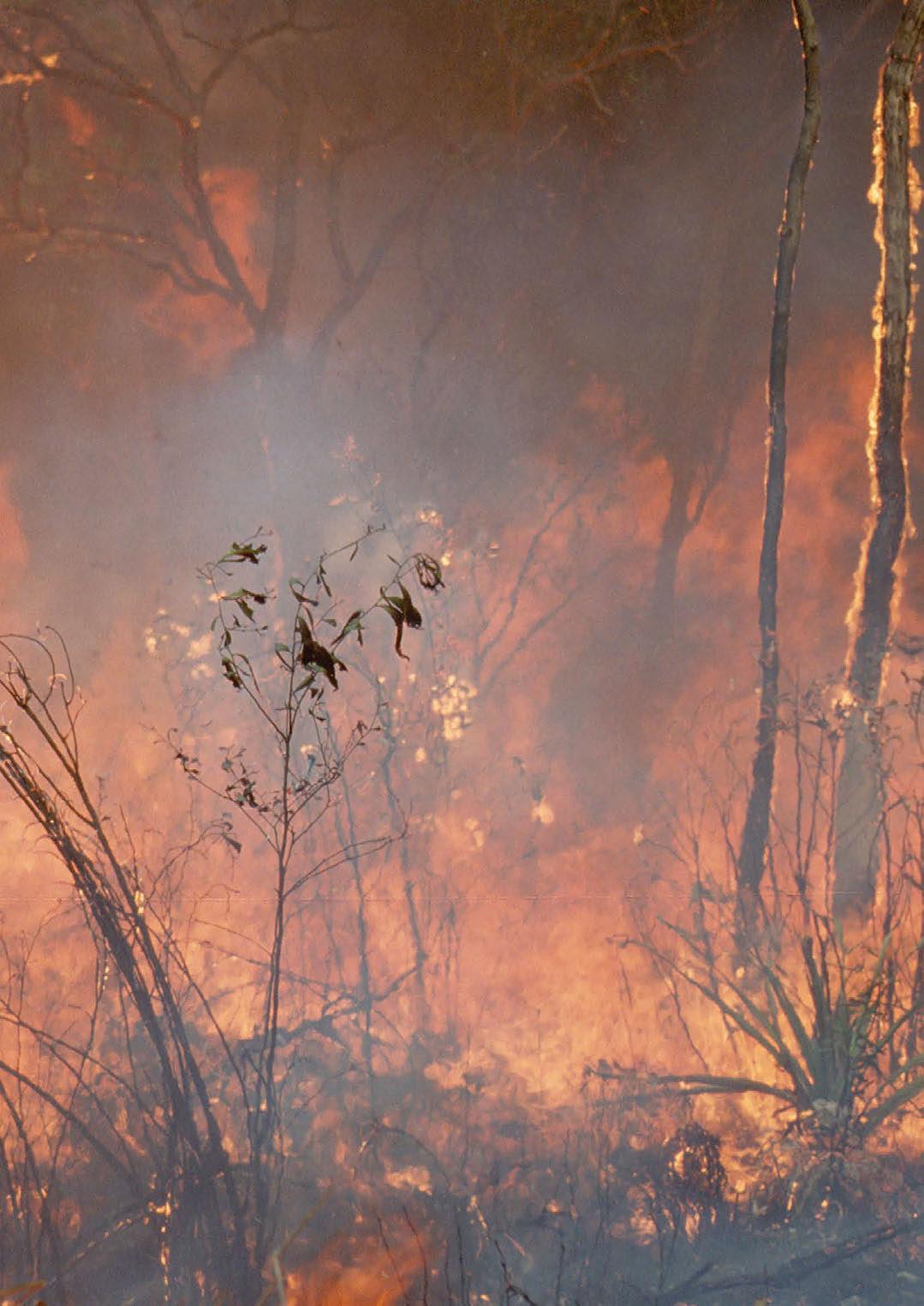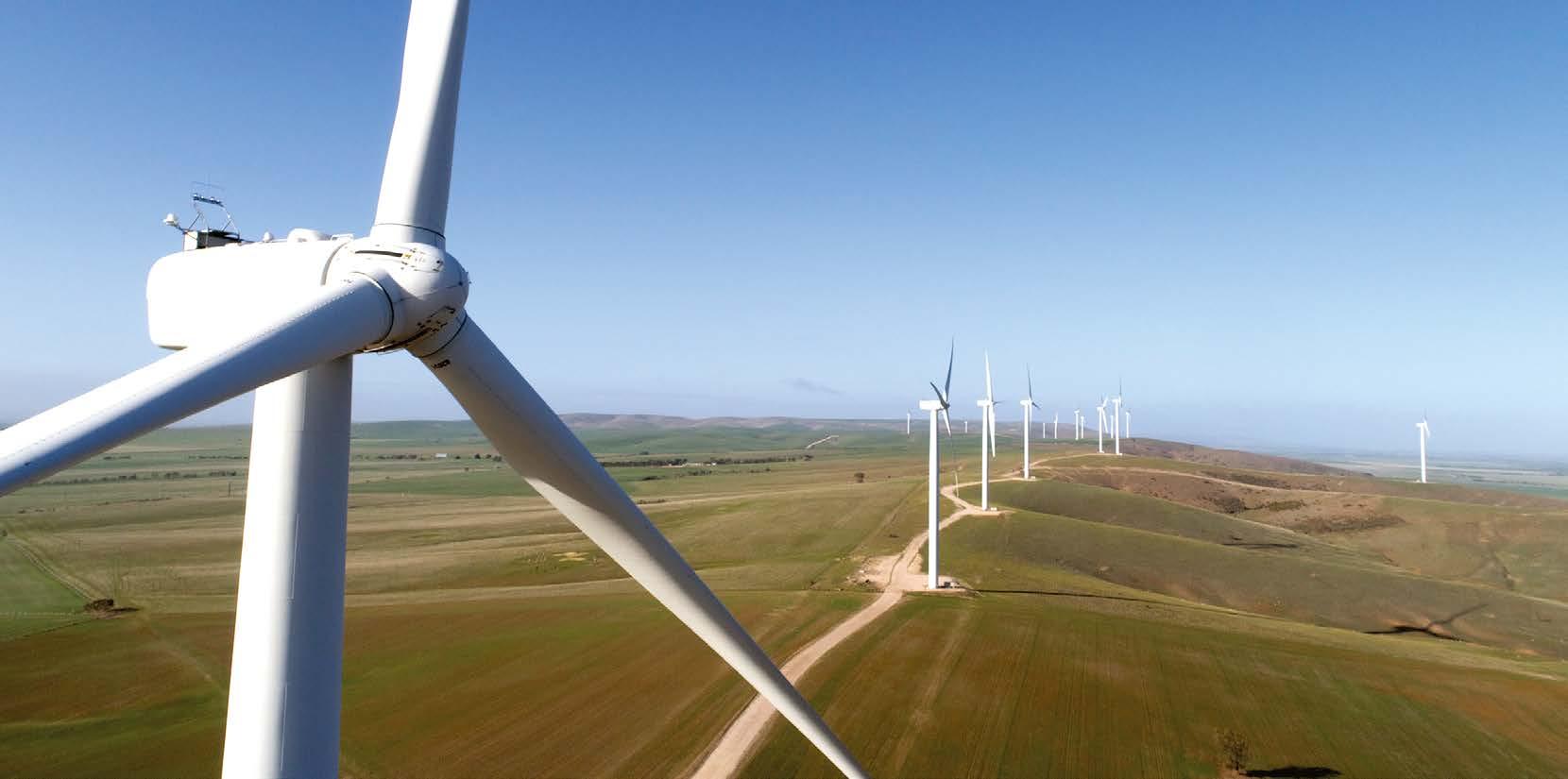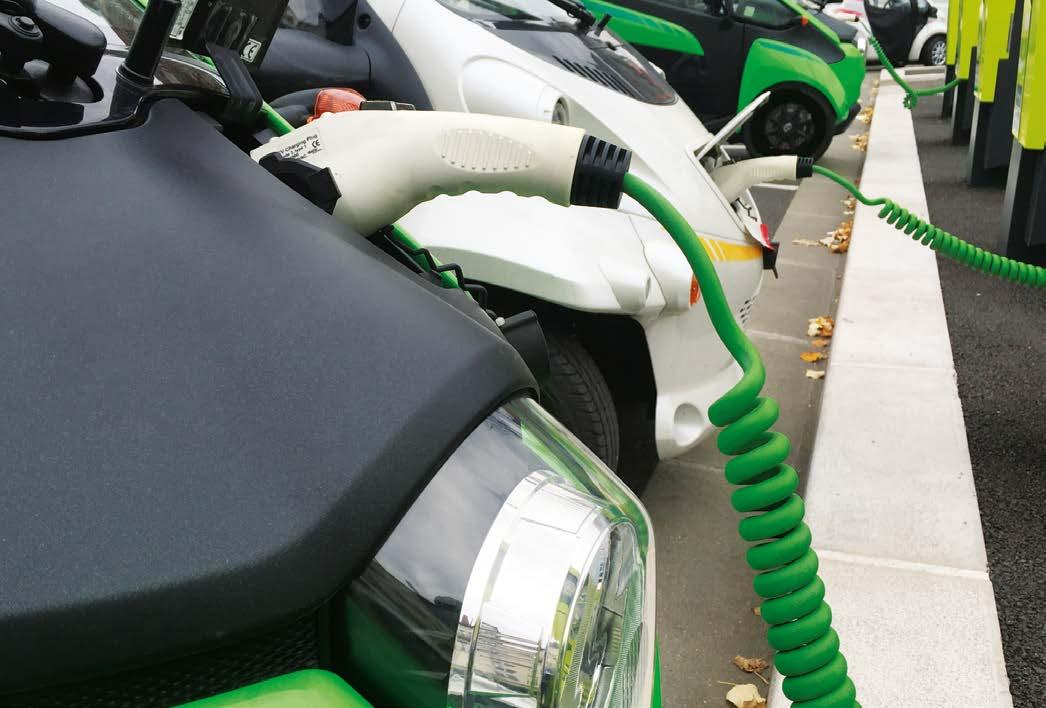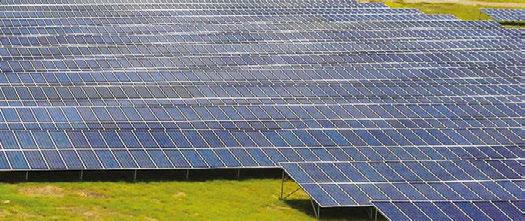THE FUTURE ENERGY MARKET
A brighter look at the energy sector of 2040 Marilyne Crestias explains why the fundamental transformation of the energy sector over the next two decades will be accompanied by profound changes to the Australian economy and society.
RIGHT NOW, our heads are spinning. We receive regular warnings about the dire environmental health of our planet. Fires and floods rage across the world. Energy policy and federal politics are in a constant state of flux and uncertainty. Global warming of +1°C is locked in and we’re likely to reach +1.5°C between 2030 and 2052. In this article, I want to step away from this daily head-spinning news. Instead, I want to focus on Australia’s bright energy future – what the energy sector will look like in 2040 and what we need to do as a society to enable that future.
The energy sector in 2040 The market operator AEMO forecasts that around 70 TWh of coal generation will have retired by 2040 – the equivalent of around one-third of total consumption in the National Electricity Market. It will be replaced by a clean energy portfolio of utility-scale and distributed renewables, storage and gas. (See Figure 1) On the Australian East coast, this portfolio is likely to include a number of major renewable energy projects already in the pipeline: • Star of the South offshore wind farm (Victoria, up to 2GW) • Snowy 2.0 pumped hydro (NSW, 2GW)
“
We should call for our
governments to advocate
for the energy transition – because it is necessary for our long term benefit and for the health of our planet – and keep them accountable.
• Battery of the Nation pumped hydro and new wind projects (Tasmania) • Potential pumped hydro projects on the mainland • Walcha wind, solar and pumped hydro (NSW, up to 4GW) • Utility-scale battery storage across all States. Other technological developments could mean Australia starts converting some of its surplus clean energy into hydrogen to be sent into the existing gas network. The electricity ‘poles and wires’ network is also in for a big shake-up. AEMO tells us that these new clean energy projects will be clustered around Renewable Energy Zones, many of them in regional Australia. The transmission network will be augmented to ensure that this energy can be efficiently sent out to consumers. The opportunities to trade energy across State borders will be strengthened with more inter-connectors.
Consumer demand On the demand side, it is fair to say that energy consumers will have opportunities to be much more engaged in the market. They will become key local energy producers – through distributed rooftop solar and batteries – but will also be rewarded when they change their behaviour and reduce demand. Two more factors will drastically impact the demand of energy: • the inevitable uptake of electric vehicles (EVs), a large part of which is likely to be autonomous and part of a transport fleet rather than owned by individuals; and • some level of industry electrification using zero-emissions energy. (See Figure 2)
2020 Renewable energy
2040 Coal
Figure 1. Transformation of electricity generation
Gas
















